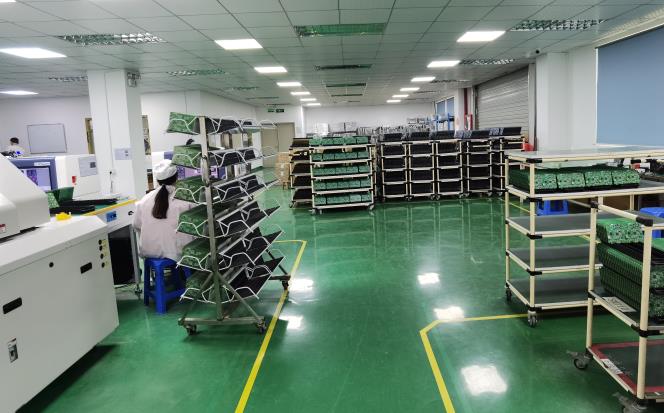What does a PCB assembler do?
A PCB (Printed Circuit Board) assembler is responsible for assembling electronic components onto printed circuit boards according to design specifications. Their duties typically include:
Component Placement: Following assembly instructions and diagrams, the assembler places electronic components, such as resistors, capacitors, integrated circuits, and connectors, onto the PCB.
Soldering: Using soldering irons or automated soldering equipment, the assembler solders the components onto the PCB to establish electrical connections.
Quality Control: Inspecting the assembled PCBs for defects, ensuring proper alignment of components, correct soldering, and adherence to quality standards.
Testing: Conducting functional tests or collaborating with quality assurance teams to ensure that the assembled PCBs meet performance requirements and specifications.
Troubleshooting: Identifying and rectifying any issues or defects found during testing or inspection, which may involve rework or repair of components.
Documentation: Maintaining accurate records of assembly processes, component specifications, and any issues encountered during assembly for quality assurance and traceability purposes.
Equipment Maintenance: Performing routine maintenance and calibration of assembly equipment to ensure proper functioning and accuracy.
Overall, PCB assemblers play a crucial role in the manufacturing process of electronic devices by accurately assembling and testing PCBs to ensure their functionality and reliability.
Tags: PCB_assembler /
Prev: What are the PCBA storage conditions and requirements?
Next: What are the steps of PCB assembly?







